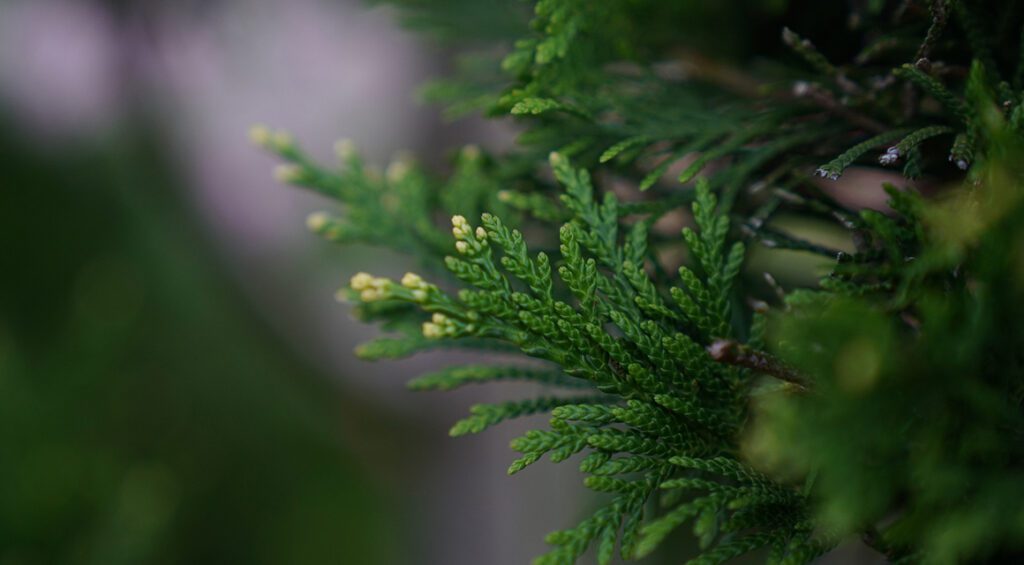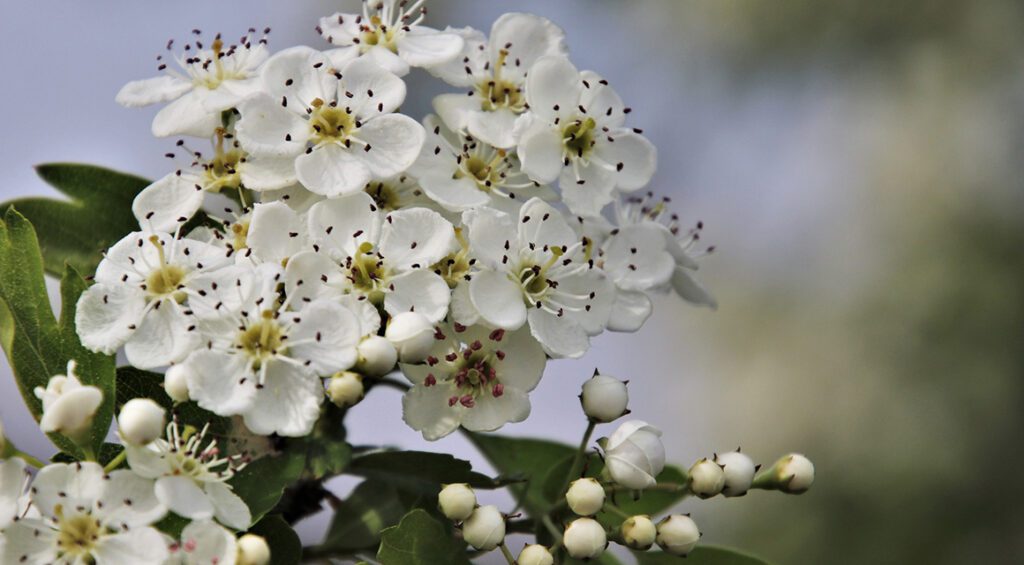Some hedge plants are more popular than other varieties, but does that make them better than other varieties? Are there actually hedge plants that are ideal?
Each plant is different and thus has its own unique advantages and disadvantages, each according to the needs of the plant. So it’s up to the needs of a plant when it comes to ideal hedge plants. However, some hedge plants are more versatile because they are much more site-tolerant than other varieties or because they fulfill several conditions at once. Therefore, we will give you an overview of different functions that hedges can have. In doing so, we will also mention certain plant varieties that fit well with each function, so you can quickly find your ideal hedge plant.

Contents
A formal hedge
Formal hedges have a taut and harmonious appearance. Such hedges usually have a particularly neat, stately appearance. Think of them as classic gardens in France, neat property borders of a business, or even modern gardens with garden tiles. Formal hedges typically have compact, full-bush growth and a uniform leaf or needle structure. Evergreen hedge plants are preferred for formal hedges.
Conifers, such as thuja or Leyland cypress, are therefore particularly well suited as formal hedges. These plants are evergreen and they can also be very well cut into different shapes during a pruning. However, the yew and privet also have comparable advantages. The main practical difference between these plants is mainly the speed of growth and the maximum height of growth. The Leyland cypress has an exceptionally fast growth rate and it can also grow quite tall. This means that as a hedge plant, this plant can also form completely opaque hedges within a short period of time. However, it also means that several prunings are required to keep the hedge looking well-groomed at all times.
The thuja and privet grow less quickly, while the yew has a particularly slow growth rate. Slow-growing hedge plants, by the way, can reach a greater age than fast-growing plants. However, conifers have the disadvantage that the cuttings should not be thrown into the compost, which means that the disposal of the cuttings involves a little more work.

Formal hedges with pretty leaves
But beech is also very popular as a hedge plant. It has pretty leaves that have a decorative autumn color and remain on the branches throughout the winter, giving your garden more privacy. This hedge can be cut back wonderfully tight and it doesn’t grow that fast either. The beech hedge is available in two different colors, but they also work well as a mixed hedge. Beech trees are a bit more picky when it comes to soil type, however, as they grow best in more premium, sandy soils.
Hornbeams differ from beeches because they have serrated leaf edges and more intense leaf colors. In addition, hornbeams are less complicated when it comes to soil type. They also have a faster growth rate. However, on particularly cold winter days, they may lose some of their (withered) autumn leaves.
Holly is also a diverse evergreen hedge plant. It can hold its shape well, it has a relatively fast growth rate, and it is uncomplicated when it comes to soil type. However, the most important point is that the pretty holly is also burglar-resistant because its leaves have spiny leaf edges. Take a closer look at our holly assortment, because we offer you a choice of taller, lower or even (non) berry-bearing varieties. By the way, the berry-bearing holly varieties can also be used well as informal hedges. The combination of properties and application possibilities therefore ensure that the holly should definitely be counted among the ideal hedge plants.

An informal hedge
If your garden hedge is going to be used as a central element of your garden or property, then you might want to think more about informal hedges. Informal hedges are varied, so there is always something new to discover about them. Every season they look different and while they are in bloom, they also make your garden much more vibrant. A formal hedge is also very pretty, but it is more static and less noticeable. That’s why formal hedges are usually made up of evergreen hedge plants, while informal hedges tend to be deciduous.
An informal hedge can also have a less tight shape. Therefore, they are generally cut back less often. In addition, informal hedges are also usually fast-growing varieties, think cherry laurel here, but they are exceptionally low-maintenance. Cherry laurel is particularly popular, so nowadays there is already a wide range of cherry laurel cultivars. This plant is so site-tolerant that it is actually always a good option if you are looking for new hedge plants.
Some, informal hedge plants, think of the encroaching hawthorn or butterfly bush here, attract many birds and insects to the garden, making your garden more vibrant and atmospheric. Other plants, such as Filled Garden Jasmine or Ornamental Deutzia, have decorative, delightfully fragrant flowers and showy berries.
Especially in an informal hedge, it is common for different varieties to be planted in a jumble. This makes the hedge even more lively and varied. In this context, why not take a look at our hedge mixtures, because we not only have flowering hedge mixtures or fragrant hedges, but also burglar-resistant hedges in our range.

The versatile masters among hedge plants
Accordingly, there are quite different functions that a hedge can perform. As a rule, hedge plants can perform only one specific function, while particularly popular hedge plants immediately have several, valuable properties and functions, which makes them a real added value in a wide variety of gardens. The biggest difference is usually in how the plants look and should be maintained. Hedge plants that can be used formally and informally, think here of the cherry laurel, beech, holly or privet, are therefore quite popular.
These popular hedge plants are well suited for most gardens. Nevertheless, you should not forget to take into account less popular varieties of hedge plants. The bamboo and ivy can also form wonderful evergreen hedges, but they will give your garden a completely different look.

